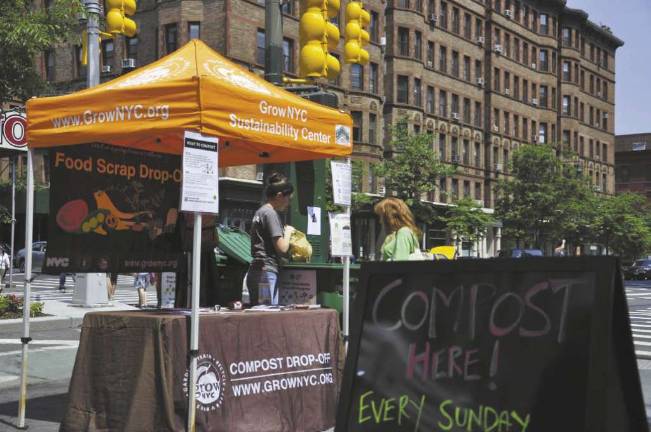The Economy's Hurting, Storms are Raging, Contemporary Art is Doing Better Than Ever?

By Alissa Fleck The New York Times recently published an article asking ["What Is Going on With Contemporary Art?"](http://www.nytimes.com/2012/11/16/arts/16iht-melikian16.html) The newspaper reported last week Christie's auction house "sold 67 works... for $412.2 million, the highest total ever achieved in the [contemporary art] field." The priciest piece was Andy Warhol's 1962 "Statue of Liberty" for $43.76 million, noted the Times. Christie's was not the only auction house to make history that day -- four auction houses in total made record-breaking sales. The paper reports a particular rise in interest in the work of Franz Kline, of the New York School, who died also in 1962. Lichtensteins and Rothkos were among other top-selling pieces. Why the sudden surge of interest in spending record amounts of money on contemporary art -- wasn't the hurting economy the crux of the presidential election for so many Americans? Arguably, those shelling out the big bucks for Koons and Basquiats are not spending too much time lamenting their stake in the economy. Perhaps, counter-intuitively, times of economic strife are when reminders of aesthetic beauty become most crucial, the very abstractness of these works reassuringly reflecting back the turmoil of the times. The Times hypothesizes a combination of improved art marketing and skill on the part of Christie's are at play. Jon Garrey, a client services representative for Artnet in New York City, a group he claims has "practically a monopoly on online auctions, art pricing, and gallery sales, reaching 9.5 million page views per month," exemplifying this improved marketing hypothesis, says several factors contribute to the significant sums being doled out for these big names. For one, it's the fact that they are big names. "There's the artists themselves," he explains. "We are not dealing with the masterworks of an emerging artist here; these contemporary maestros have been building their brand for years, some even posthumously...It just so happens that these new prices are breaking records." Garrey adds: "For artists who have died, collectors will pay handsomely to scoop up what remains of their works." Garrey also points to the unstable economy, and the fact that, while art values fluctuate, they tend to remain generally the same. "Owning expensive art earns you a tax break for a reason," he says. He even believes the recent super-storm could have played a role, as it caused severe damage to several important art galleries in the Chelsea area. There are also simpler explanations -- it is the end of the fall art auction house season and there's currently a huge influx of foreign interest in buying art. What are these buyers looking for exactly? Beyond the big names, Garrey, who works with hundreds of clients, many in New York, says some buyers see it merely as an investment, hoping for larger returns later. Others are interested in the progressiveness of contemporary art -- they are lured in by the controversial, the grotesque, the mind-bending. "With the name 'contemporary art,' it makes sense," says Garrey, presumably indicating the strange times in which we live.